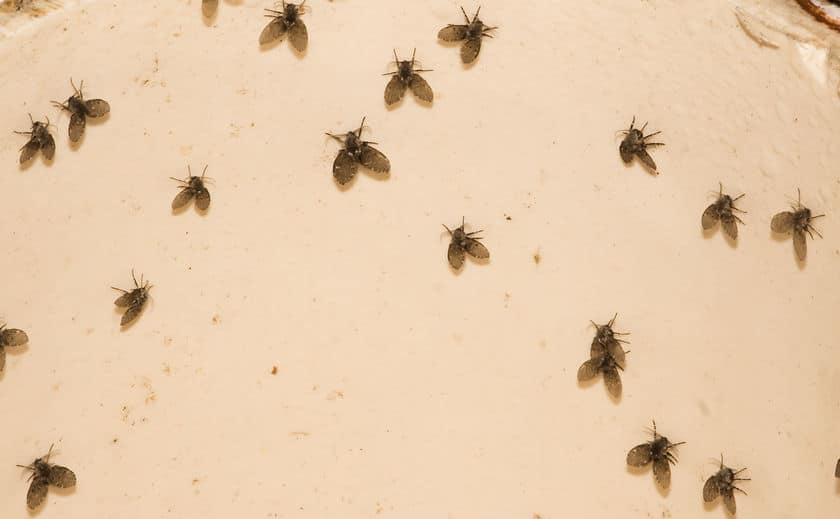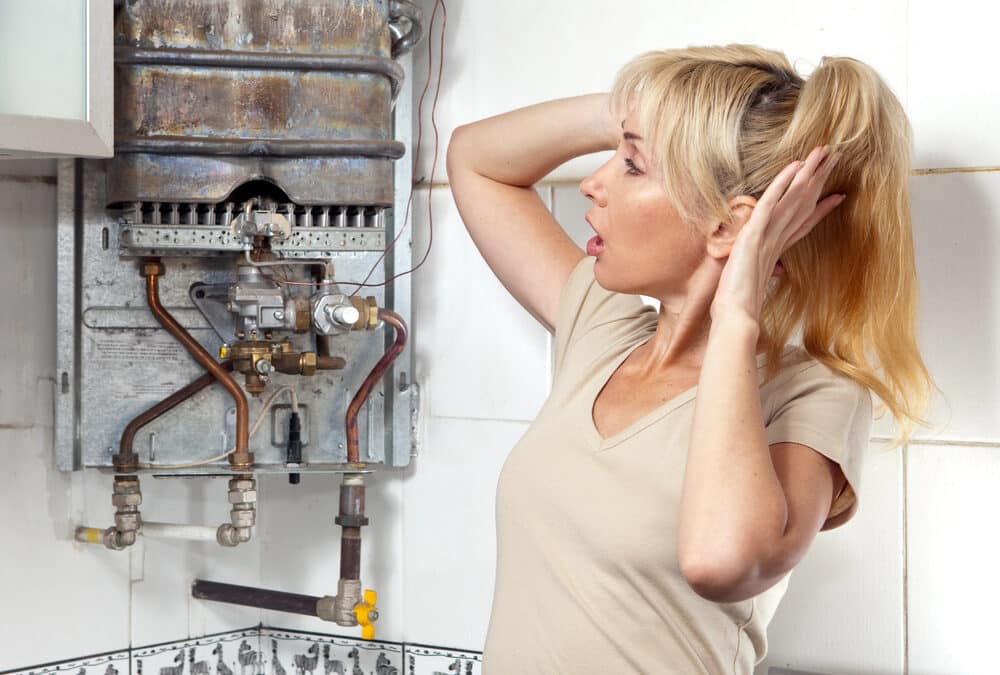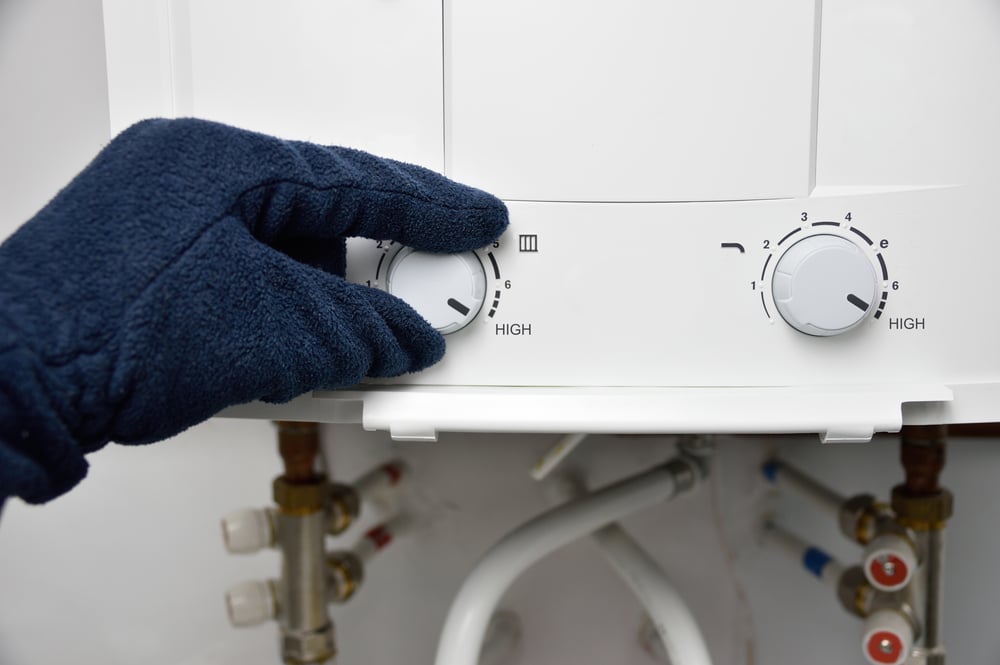A drain fly, also commonly known a moth fly, are small, flying insects that are commonly found in homes and businesses.
While they don’t pose any significant threat to humans or animals, they can be incredibly annoying and unsanitary. In this blog post, we’re going to take a closer look at what drain flies are and how to get rid of them once and for all.
Schedule Service Online
Get a free estimate so you know what you're signing up for
"*" indicates required fields
For Emergency Services Call: 410-255-9300
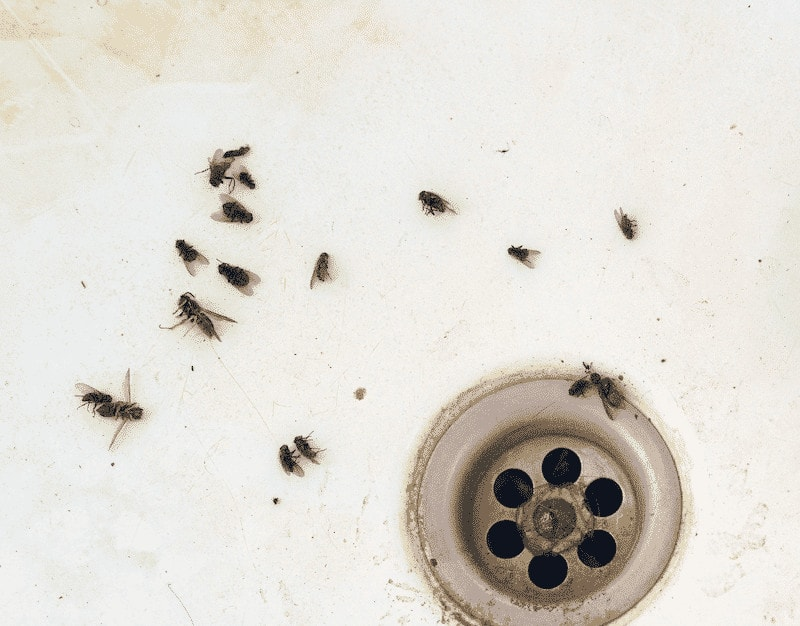
Identifying Drain Flies
Drain flies are small, gray or brown flies that are typically no larger than 1/8th of an inch long. They have a fuzzy appearance due to the fine hairs that cover their bodies and wings.
You’ll usually find these little pests around sinks, showers, toilets, and other areas where standing water is present. In addition, you may notice a musty, sour odor in areas where they’re present, which is a result of their breeding and feeding habits.
Are Drain Flies Harmful?
If you’ve ever noticed tiny, moth-like insects buzzing around your bathroom or kitchen sink, you may be wondering if they’re harmless or if they pose a threat to your health. These tiny insects are drain flies, and while they may be a nuisance, the good news is that they are not harmful to humans. Drain flies are typically found in areas with standing water, such as around drains, but they do not bite humans, sting, or carry any diseases.
While they may be annoying, they are simply a nuisance pest that won’t cause any harm to you or your family. So, if you do spot these tiny insects in your home, there’s no reason to panic – a quick clean-up of the affected area should solve the problem.
Why Drain Flies are a Problem
While drain flies are not harmful to humans, they can be a nuisance to your home or commercial building because they lay their eggs in organic matter. This matter can be found in food, sewer lines, or in any stagnant water. The larvae of a drain fly can feed on whatever organic debris they come across, like hair, grease, food particles or fecal matter.
This can create a buildup of gunk that can clog your pipes or sewers, leading to unpleasant smells, a breeding site for more drain flies or even a sewer backup. Therefore, it’s important to get rid of drain flies at the earliest to mitigate any home damage or inconvenient issues they may cause.

How to Get Rid of Drain Flies
One of the simplest ways to eradicate drain flies is by using vinegar and boiling water. When mixed and poured down the drain, the vinegar’s acidic properties can help dissolve organic matter that may have collected in the drain, and the boiling water will finish the job by killing the larvae and pupae of drain flies.
Another effective remedy is to use a mixture of bleach and water, which works in a similar fashion to vinegar.
Apart from these home remedies, the best way to get rid of drain flies is by calling a professional pest control service and a plumber.
These experts will use insecticides or chemicals to kill the pests and disinfect the area. They will then provide steps and tips to avoid drain fly infestations in the future, and it’s a surefire method to get rid of these pests for good.
Preventing Drain Flies
To avoid the headache of dealing with a drain fly, it’s best to prevent their infestation in the first place. Always make sure to clean your drains regularly and keep them well-maintained.
Eliminate any stagnant water from your surroundings, ensure that the garbage is properly disposed of, clean dirty garbage containers and clean any spills at the earliest to avoid breeding sites for these pests.
Why Are Drain Flies Worse In The Summer?
During the summer months, nothing beats the feeling of lounging outside, soaking up the sun, and enjoying the warm weather. However, with the hot temperatures also comes an increase of pesky drain flies.
These tiny insects can quickly become a nuisance, leaving you scratching your head wondering why they seem to be worse during the summer. The answer lies in their life cycle. Drain flies thrive in warm, humid environments, making the summer months the perfect breeding ground for these annoying pests.
They tend to lay their eggs in standing water and moisture, which is much more abundant during this time of year due to increased humidity levels. So, while we may love the summer weather for its warm temperatures, our unwanted guests seem to love it just as much!

Where Do Drain Flies Breed and How Long Do They Live?
Drain flies are small, flying insects found in many homes and commercial buildings. These flies are often associated with the buildup of bacteria and organic matter in pipes and drains, but they can also breed in other areas of your home.
Where Do Drain Flies Breed?
Drain flies commonly breed in the slimy buildup that accumulates on the sides of pipes and drains. They also thrive in standing water, including sinks, toilets, and other damp areas of your home.
Drain flies lay their eggs in these wet and organic-rich environments, which then hatch into larvae that feed on organic matter, such as bacteria, fungi, and algae. If left unchecked, drain flies can quickly multiply, leading to an infestation in your home.
How Long Do Drain Flies Live?
Adult drain flies have a lifespan of around two weeks, during which they will lay their eggs and continue to breed. The drain fly larvae stage lasts for approximately two weeks, during which they feed and develop before pupating into adult flies.
The overall lifespan of drain flies, from egg to adult, can range from 1-3 weeks depending on environmental conditions such as temperature, humidity, and available food sources.
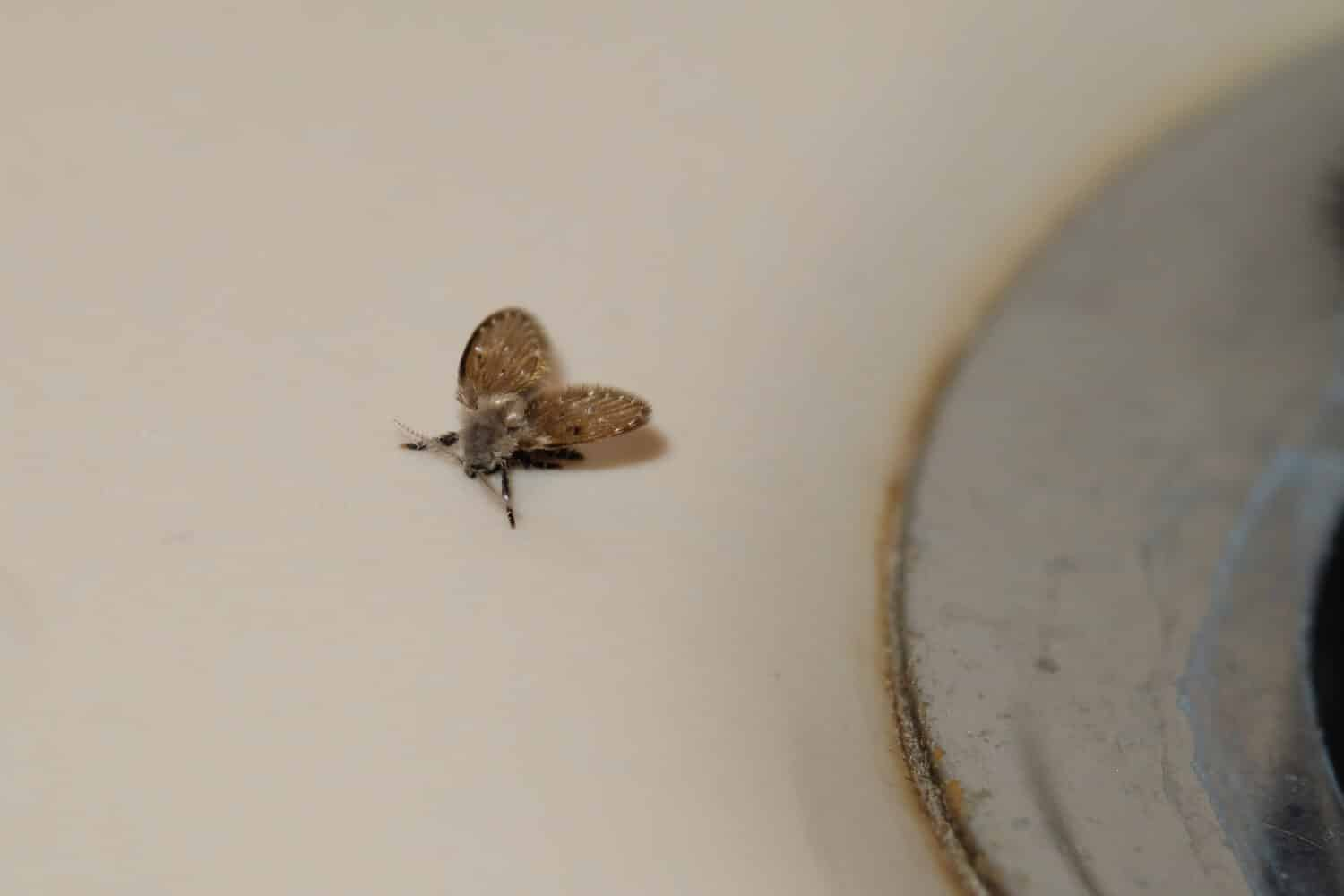
Are Drain Flies The Same As Sewer Flies?
One common pest that can be found in many homes are drain or sewer flies. However, there seems to be some confusion around whether both types of flies are the same. While they share similar characteristics such as their small size and ability to breed in moist areas like drains, they are actually two different species.
Sewer flies tend to have more brown or gray coloring and are attracted to the film that accumulates in sewers and septic tanks. Drain flies are more black or dark gray and tend to breed in sludge found in drains or pipes. Regardless of the type of flies, their presence can be quite annoying and difficult to fully eradicate.
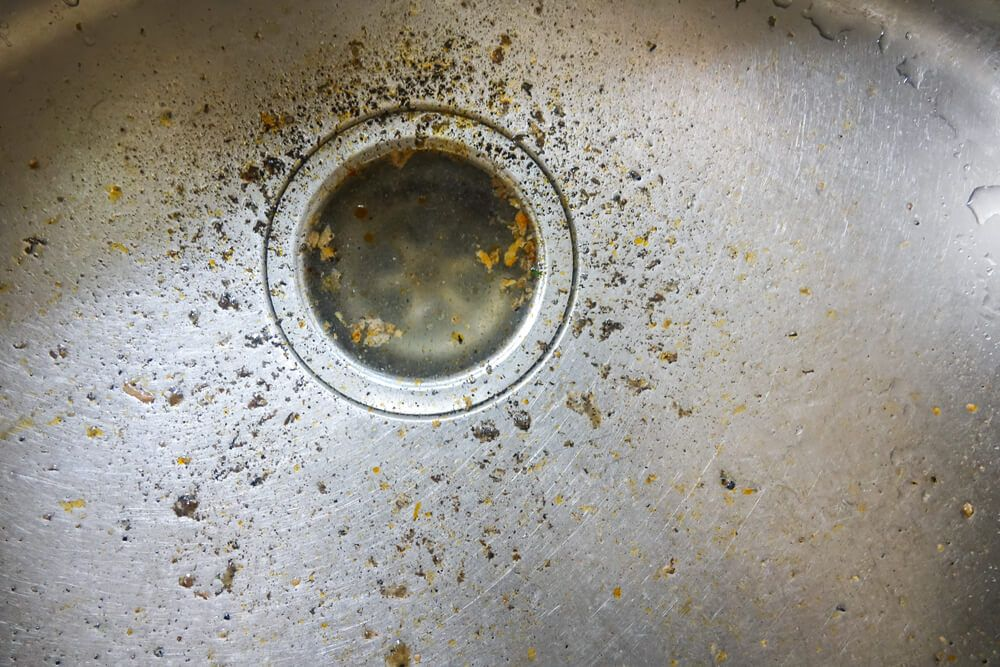
How Plumbers Can Get Rid of Drain Flies
Drain flies, also known as sewer gnats, are tiny winged insects that are commonly found in bathrooms and kitchens. They typically live and breed in the organic buildup that accumulates in drains, which can make them difficult to get rid of.
For homeowners, it can be a frustrating experience trying to eliminate these pests. Fortunately, plumbers have several effective tools and techniques for getting rid of drain flies.
Inspection
The first step to getting rid of drain flies is to identify where they are coming from. Plumbers will typically start by inspecting the drain pipes and sewer lines to see if they can recognize breeding sites.
An inspection may involve using a special camera to look for any buildup in the pipes or using a smoke test to determine where the flies are coming from. Once they identify breeding sites, they can start the process of getting rid of them.
Drain Cleaning
Once the breeding site has been identified, the next step is to clean the drain trap and pipes thoroughly.
Plumbers will often use high-pressure water jets or specialized drain cleaning tools to remove any organic material that is clogging the pipes. This is an important step to prevent the flies from breeding again in the future.
Chemical Treatments
In some cases, plumbers may also use chemical treatments to eliminate drain flies. These treatments are designed to kill drain flies and their larvae, preventing them from being able to lay eggs again.
Plumbers may use a variety of chemicals, including insecticides, foaming agents, and drain cleaners. However, it’s important to use these chemicals carefully as they can be harmful to humans and pets.
Biological Treatments
Another option for getting rid of drain flies is to use biological treatments. These treatments involve introducing natural predators, such as nematodes or bacteria, that will prey on the flies and their larvae. These treatments are typically safer for humans and pets, but may take longer to be effective.
Preventative Measures
Finally, it’s important to take preventative measures to prevent drain flies from breeding again in the future. This may include regularly cleaning drains, fixing any leaks or plumbing issues, and using drain covers to prevent organic material from building up in the pipes.
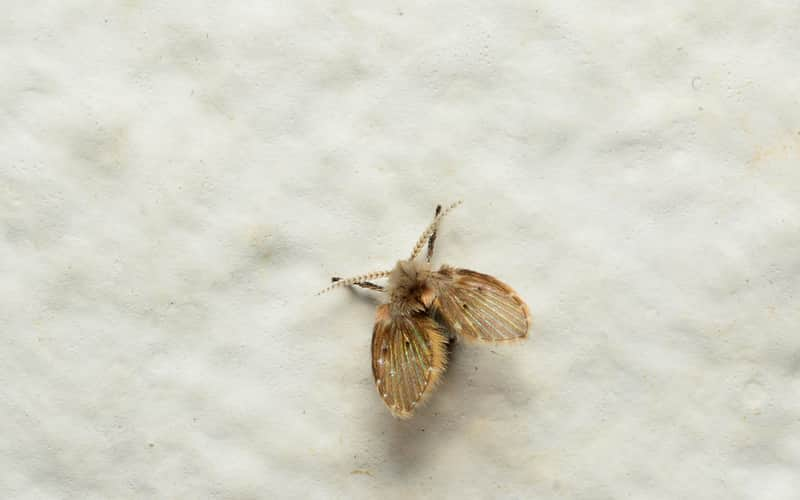
Ways to Prevent Drain Flies
Drain flies are pesky insects that can often infest your home, leaving you feeling frustrated and uncomfortable. They dwell in moist and damp areas like drains, which makes it difficult to get rid of them.
Not only are they an annoyance, but they can also pose a health risk to you and your family. Luckily, there are effective ways to prevent and eliminate these tiny pests from your home. Here are some tips on how to keep your drains free of drain flies.
Keep your Drains Clean
The most effective way to prevent drain flies is to keep your drains clean. Make sure to clean your sink and shower drains at least once a week using a drain cleaner or a homemade solution of boiling water, baking soda and vinegar.
You may also want to use a pipe brush. Cleaning drain and plumbing fixtures about a week at a time will prevent any buildup of decomposing organic materials. Drain flies tend to feed on the organic matter in your drains, so keeping it clean is a sure way to prevent them from breeding and multiplying.
Cover the Drains
Another easy way to prevent drain flies from entering your drains is to cover them with a mesh material. You can purchase drain covers from your local hardware store or make your own using a piece of fine mesh.
The mesh cover will allow water to flow through freely while preventing any flies or insects from entering your drains. This is especially important in floor drains.
Fix Any Leaks
Drain flies tend to breed in moist and damp areas, so it’s essential to fix any leaks as quickly as possible. Check for leaks in your plumbing system, including pipes, faucets, and toilet tanks.
Fix any leaks that you find immediately to prevent any moisture from seeping into your walls or floors. By doing so, you are also eliminating a potential stagnant pools that can become a breeding ground for drain flies.
Dispose of Food Waste Properly
Drain flies are attracted to food waste, so it’s essential to dispose of it properly. Make sure to scrape your plates and rinse them thoroughly before placing them in the dishwasher.
If you have a garbage disposal, run it after each use and flush it with plenty of water. Also, make sure to take out the trash daily to prevent any food waste from piling up in your home.
Call a Professional
If you’ve tried all the above methods and are still experiencing problems with drain flies, it’s best to call in a professional. They have the necessary equipment and expertise to identify the source of the infestation and provide effective solutions.

Do You Have Drain Fly Issues?
Dealing with a drain fly infestation can be very overwhelming. Sometimes you need a group of professional to help you get rid of drain flies. Maryland Sewer & Plumbing can help! No only do we handle plumbing issues but we handle sewer problems too.
With our help, we can make sure your drain lines and sewer lines are free of food and matter that larvae feed on. We can catch emerging adults before they start to annoy you. Reach out today to get rid of drain flies!

Conclusion
In conclusion, drain flies can be a complete nuisance, even though they are relatively harmless. By being vigilant and maintaining cleanliness, you can prevent their infestation in your home or business.
But if you do end up with a drain fly infestation, use the remedies and reach out to pest control services and a plumber in your area to get the job done. With the right approach, you can eliminate these pesky pests and restore your home or business to a healthy and hygienic environment.

